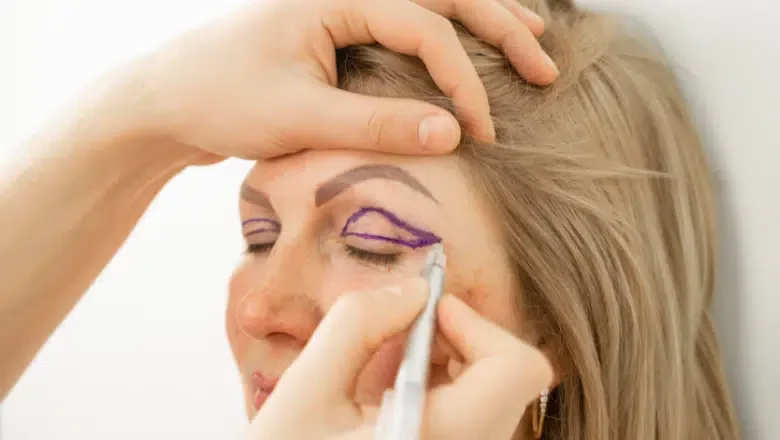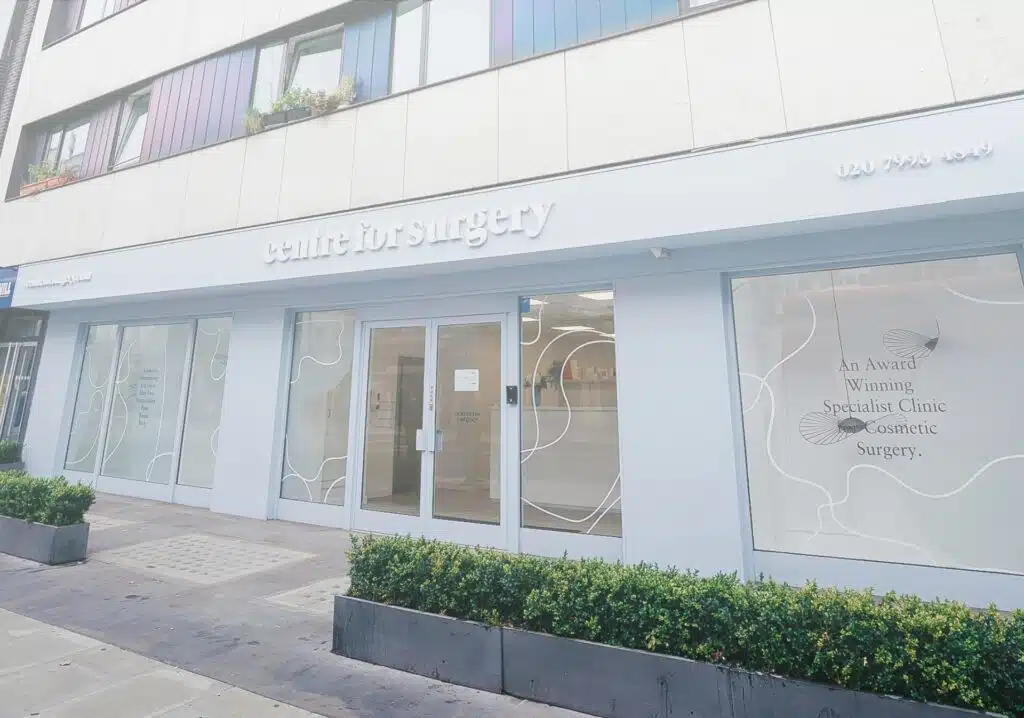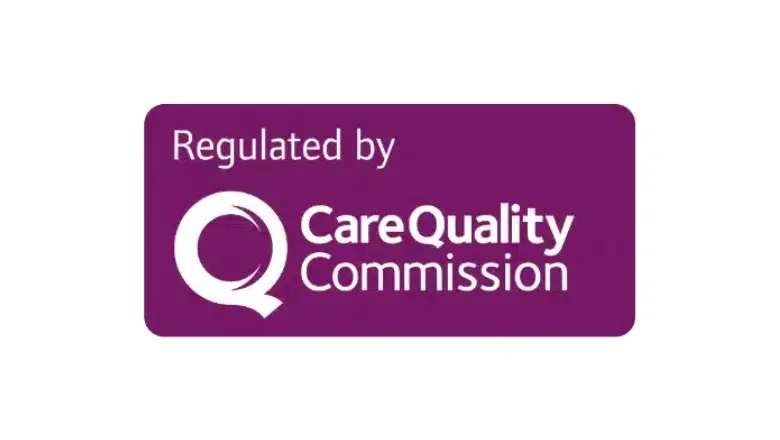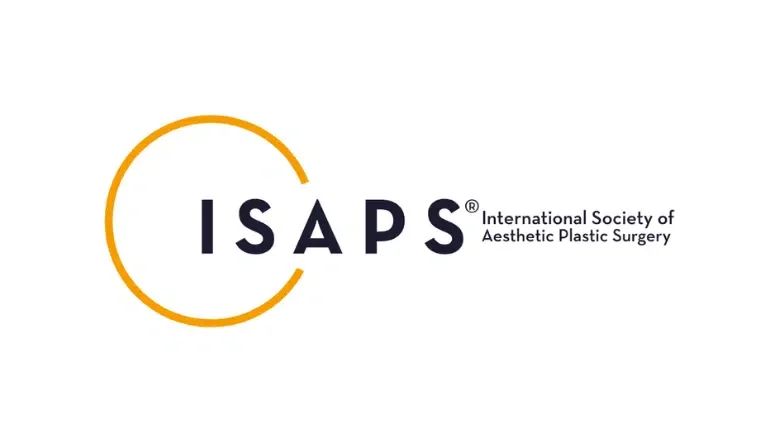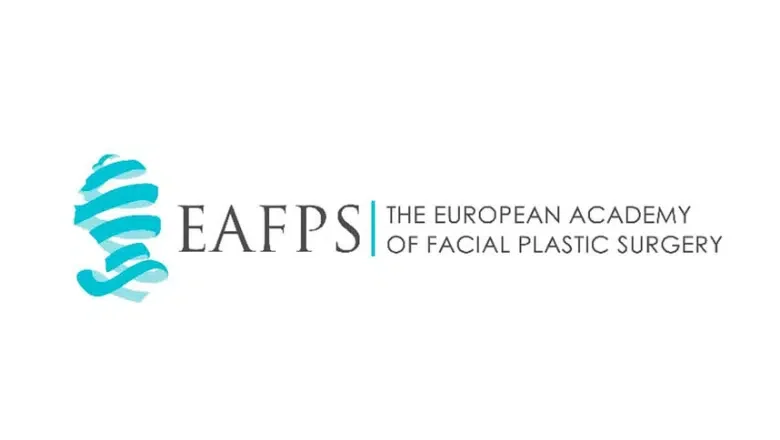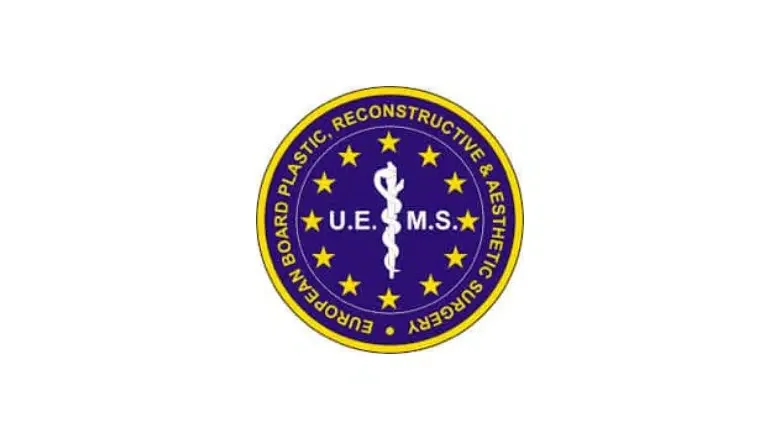Revision Eyelid Surgery in London
Corrective Eyelid Surgery For Fixing Botched Blepharoplasty
A revision blepharoplasty is a cosmetic procedure that is performed to correct unsatisfactory results or complications from a previous blepharoplasty. The goal of a revision blepharoplasty is to improve the appearance of the eyelids and restore a natural-looking result.
RELATED: Eyelid Surgery FAQs – Q&As about Blepharoplasty
A blepharoplasty is a surgical procedure that involves removing excess skin, fat, and muscle from the eyelids to create a more youthful and refreshed appearance. While blepharoplasty surgery can be an effective way to improve the appearance of the eyes, there are cases where the results may not be as expected. This can occur due to a variety of reasons, including improper surgical technique, unexpected scarring, or post-surgical complications.
A revision blepharoplasty can correct a wide range of issues, including overcorrection, undercorrection, asymmetry, and visible scars. During the procedure, a cosmetic surgeon will carefully evaluate the patient’s previous surgical outcome and develop a customised treatment plan to address any cosmetic or functional concerns.
The specific techniques used during a revision blepharoplasty will depend on the individual patient’s needs and the nature of their previous surgical procedure. In some cases, the surgeon may need to remove additional tissue or tighten the remaining tissue to create a more natural-looking result. In other cases, the surgeon may need to redistribute fat or tissue to create a more symmetrical or balanced appearance.
RELATED: Botched eyelid surgery – how to avoid blepharoplasty complications
If you are considering a revision blepharoplasty, schedule a consultation with a qualified and experienced oculoplastic surgeon at Centre for Surgery to discuss your goals and concerns. We can evaluate your previous surgical outcome, recommend the most appropriate treatment plan, and provide the information you need to make an informed decision about your cosmetic procedure.
Mr Tsong Qiang Kwong
Mr Tsong Qiang Kwong is a highly skilled consultant plastic surgeon with extensive expertise in revision eyelid surgery, specialising in correcting unsatisfactory results from previous eyelid procedures. With years of experience in blepharoplasty, canthoplasty, and eyelid reconstruction, Mr Kwong is known for his precision, meticulous approach, and ability to restore both function and aesthetics to the delicate eye area.
Patients seeking revision eyelid surgery often have concerns such as asymmetry, excessive skin removal, unnatural eyelid contours, or functional issues affecting eyelid closure. Mr Kwong carefully assesses each case, developing a personalised surgical plan to achieve natural-looking and balanced results. His deep understanding of eyelid anatomy, coupled with advanced surgical techniques, allows him to correct complications while preserving the eye’s natural expression.
What are the signs of botched eyelid surgery or blepharoplasty gone wrong?
Botched eyelid surgery, also known as a bad blepharoplasty, is an uncommon but potentially serious issue that can arise from eyelid procedures. The signs of such complications vary depending on their nature and severity.
One of the most common signs is asymmetry. Usually, the eyelids should look balanced, with equal amounts of skin and fat removed from each eye. If one eyelid looks more swollen, larger, smaller, or differently shaped than the other, this could indicate a problem.
Excessive scarring is another indicator. While some scarring is normal, thick, raised, or red scars may suggest improper surgical techniques or issues with how the incisions were closed.
Persistent dry eyes can also be a concern. While dryness is a common short-term effect, if it persists long after surgery, it may indicate that the eyelids were not closed correctly during the procedure or that too much skin and fat were removed, thereby affecting the eyes’ natural lubrication.
If the eyes appear uneven or have an unnatural shape after surgery, this could signify a botched job. This may occur if excessive skin and fat are removed or the eyelids are pulled too tightly, resulting in an unnatural appearance.
Vision problems following surgery, if prolonged, can be a serious sign. These issues can stem from excessive swelling, scarring, or misalignment of the eyelids during the surgical procedure.
Eyelid malposition, where the eyelids do not align properly, can make the eyes appear droopy or sunken. This can occur from excessive removal of skin and fat or improper closure during surgery.
Overcorrection or undercorrection is also a possible sign of a problematic procedure. Overcorrection occurs when excessive skin and fat are removed, resulting in an unnatural appearance, while undercorrection means not enough was removed, leaving the initial issue unresolved.
Infection, though rare, is a serious complication. Signs include redness, swelling, warmth, and pain in the affected area, along with fever, chills, and fatigue.
How to prepare for revision blepharoplasty surgery
Revision blepharoplasty is a corrective procedure designed to improve or rectify the results of a previous eyelid surgery. Proper preparation can significantly enhance the success of the surgery and ensure a smoother, more comfortable recovery. Here’s how to get ready for revision blepharoplasty:
First and foremost, choosing a qualified and experienced eyelid surgeon is crucial. At Centre for Surgery in London, you should look for a surgeon who is listed on the GMC specialist register and has a solid reputation. Ideally, the surgeon should specialise in revision blepharoplasty. Review before-and-after photos of our previous patients and schedule a consultation at our Baker Street clinic to discuss your goals, expectations, and any concerns you may have about prior surgeries.
During your consultation, it’s essential to provide a comprehensive medical history. Inform the surgeon about any medical conditions, allergies, medications, and previous surgeries. The surgeon will also need details about any bleeding disorders or if you are taking blood-thinning medications.
Smoking can elevate the risk of complications, so it’s essential to stop smoking at least two to four weeks before surgery. Additionally, avoid certain medications and supplements that increase bleeding risk, such as aspirin, ibuprofen, vitamin E, and herbal supplements, for at least two weeks before the procedure.
Since revision blepharoplasty is usually an outpatient procedure, you’ll need someone to drive you home and stay with you for the first 24 hours after surgery. You may also require assistance with daily activities, such as cooking and cleaning, for a few days after surgery.
Your surgeon will provide specific preoperative instructions. These may include fasting for a certain period before surgery, showering with antiseptic soap the night before, and wearing loose, comfortable clothing on the day of the procedure. Following these instructions carefully is essential for a successful surgery.
Plan for postoperative care to ensure a smooth recovery. Arrange time off work, prepare meals in advance, and set up a comfortable recovery area with pillows and blankets. Ask your surgeon about post-operative care instructions, including how to care for your incisions and when to schedule follow-up appointments. By preparing thoroughly, you can help ensure a successful and comfortable recovery from revision blepharoplasty.
How is eyelid revision surgery carried out?
The approach to revision eyelid surgery depends on the patient’s specific needs, the extent of their previous surgery, and the surgeon’s expertise. Here’s a general overview of the steps involved in this procedure at our Baker Street clinic:
Anaesthesia is administered to ensure the patient’s comfort during the surgery. Revision blepharoplasty is typically performed under local anaesthesia with sedation, though general anaesthesia may be used in some instances.
The surgeon makes incisions in the eyelids. These incisions often follow the same or a similar pattern to the previous surgery, although they may be placed in slightly different locations for better access to the underlying tissues.
During the tissue removal and repositioning stage, the surgeon addresses any remaining excess skin, fat, or muscle not properly managed during the initial surgery. The surgeon may also reposition these tissues to create a more natural and youthful appearance.
The incisions are then closed with sutures or surgical adhesive. To protect the treated area and promote healing, a sterile dressing or ointment may be applied.
What happens during recovery after revision eyelid surgery?
The recovery period following eyelid revision surgery varies depending on the extent of the procedure and the individual’s healing process. Here are some general guidelines to help ensure a smooth recovery:
Postoperative Care
Your surgeon will provide specific instructions for caring for the treated area. This may include applying ice packs to reduce swelling, keeping your head elevated, and using prescribed ointments or drops to prevent infection and promote healing.
Managing Discomfort
Discomfort, swelling, and bruising are common during the first few days post-surgery. Pain medication and cold compresses can help alleviate discomfort. Additionally, avoiding alcohol and smoking is crucial as these can hinder the healing process.
Avoid Strenuous Activities
For the first few weeks after surgery, it is essential to avoid strenuous activities, such as heavy lifting, bending over, or vigorous exercise. These activities can increase swelling and delay the healing process.
Follow-Up Appointments
If necessary, your surgeon will schedule follow-up appointments to monitor your healing progress and remove sutures or stitches. Attending these appointments is essential to ensure everything is healing correctly and to address concerns.
Resuming Daily Activities
Most patients can return to work and other daily activities within one to two weeks after surgery, depending on the extent of the procedure and the healing process. However, to aid in recovery, avoiding activities that could strain your eyes, such as prolonged reading or watching TV for several days, is essential.
Revision Blepharoplasty at Centre for Surgery
Centre for Surgery in London is a centre of excellence for all types of eyelid surgery, including revision blepharoplasty for correction of botched eyelid surgery, often performed overseas in countries such as Turkey. Eyelid revision surgery is performed by a specialist oculoplastic surgeon at our state-of-the-art clinic on Baker Street in Marylebone. Consultations for revision blepharoplasty are £250. Call us today on 0207 993 4849 or complete the contact form below to schedule a revision blepharoplasty consultation.
RELATED: What to expect from revision cosmetic surgery
FAQs
-
How long should I wait before having revision blepharoplasty?The timing of revision blepharoplasty, or revision eyelid surgery, can vary depending on the individual case and the extent of the previous surgery. In general, it is recommended to wait at least six months to one year after the initial surgery before considering revision surgery.
During this time, the eyelids should have fully healed and any swelling or bruising should have subsided. Waiting also allows time for any potential complications or asymmetries to become more apparent. -
Is revision eyelid surgery challenging?Revision eyelid surgery, like any revision surgery, can be more challenging than the initial surgery. This is because the surgeon must work with scar tissue and altered anatomy from the previous surgery, which can make the procedure more complex.
Revision eyelid surgery is often required when the initial surgery did not achieve the desired results or when complications have arisen from the initial surgery. The surgeon may need to correct asymmetry, address sagging or drooping eyelids, or improve the overall appearance of the eyes.
In some cases, additional procedures may also be necessary, such as fat grafting or laser skin resurfacing, to achieve optimal results. -
Is eyelid revision surgery safe?Eyelid revision surgery, also known as revision blepharoplasty, can be safe when performed by a qualified and experienced surgeon in a suitable medical facility. However, as with any surgical procedure, there are some risks and potential complications that should be considered.
Some of the potential risks and complications of revision blepharoplasty may include the following:
- Infection
- Bleeding or hematoma
- Scarring or keloid formation
- Asymmetry or irregularity of the eyelids
- Changes in eyelid function, such as drooping or difficulty closing the eyes
- Dry eyes or other vision changes
- Anaesthesia-related complications
Before the surgery, the surgeon will also provide you with specific pre-operative and post-operative care instructions to follow. These may include stopping smoking, avoiding certain medications, and preparing for post-operative care at home. -
Does blepharoplasty revision leave scars?Blepharoplasty revision, also known as revision eyelid surgery, can leave scars. However, the extent of scarring depends on several factors, including the type of revision surgery, the extent of the previous surgery, and the individual's healing process.
While some scarring is inevitable with any surgical procedure, the scars from revision blepharoplasty typically become less noticeable over time as they heal and mature. Following proper post-operative care instructions, such as avoiding sun exposure and keeping the treated area clean and moisturized, can also help to minimize scarring. -
How long should I take off work after corrective eyelid surgery?The amount of time one should take off work after corrective eyelid surgery, also known as revision blepharoplasty, can vary depending on the individual case and the extent of the surgery. In general, it is recommended to take at least one to two weeks off work to allow for proper healing and recovery.
During the first few days after surgery, patients may experience swelling, bruising, and discomfort, which can affect their ability to work. It is important to rest and avoid strenuous activities during this time to allow the body to heal properly.
After the first week, patients may start to feel better and return to work, depending on their individual recovery progress and the demands of their job. It is important to avoid activities that could strain the eyes, such as reading or watching screens for prolonged periods, for several days after the surgery.
For those with physically demanding jobs, it may be necessary to take more time off work to ensure proper healing and avoid complications.



